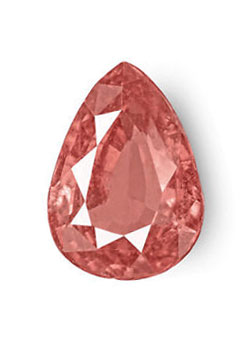Sapphires
Sapphire
Sapphire is a natural blue corundum.
The simultaneous presence of iron and titanium gives the chromogenic center of sapphire.
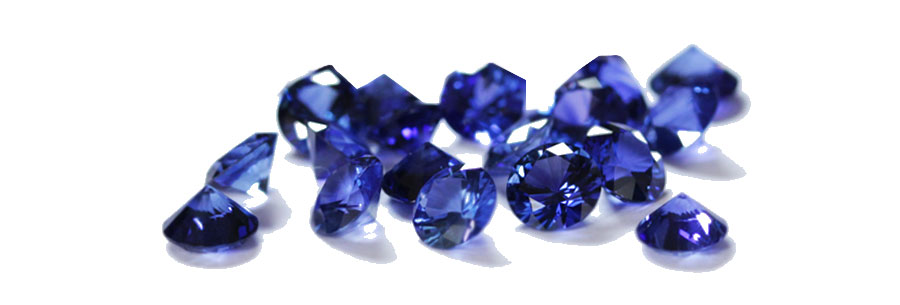
Deposits
The deposits are mainly in Kashmir, Burma, Sri Lanka.
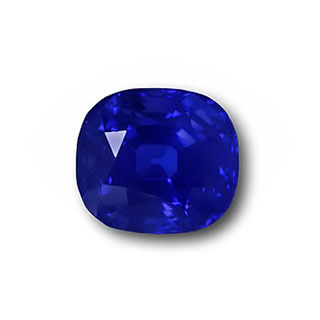
Kashmir
The sapphires of the ancient Kashmir Mine are renowned for their velvety royal blue color.
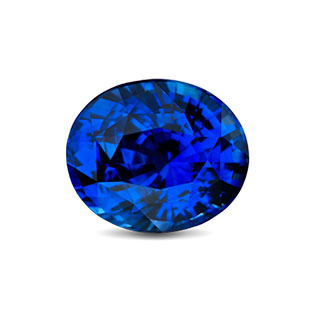
Burma
Burmese sapphires are known for their beautiful deep blue color, which however tends to darken strongly in the evening light.
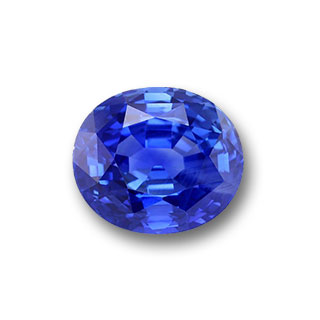
Sri Lanka
Sapphires from Sri Lanka are known for their size and their beautiful color, but often a little light.
Geological features
Composition
Hardness
Density
Refraction
Histoire
The blue color was once a sacred color, worn by priests to show their connection to the sky. In the Middle Ages, sapphire became this symbol of the union of the prelate and the sky and adorned the rings of the bishops.
For this reason the Imperial Crown of Austria, made in 1602, is surmounted by a sapphire symbolizing this union of the sky and the Emperor, considered as Pontiff. The crown of Wenceslas in Prague is adorned with a ruby of 250 carats, and sapphires, 6 of which weigh more than 100 carats.
.
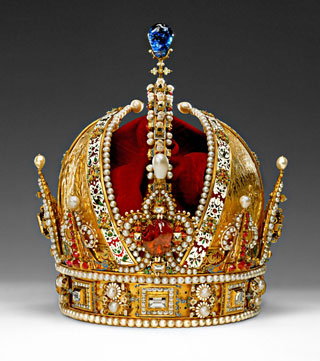
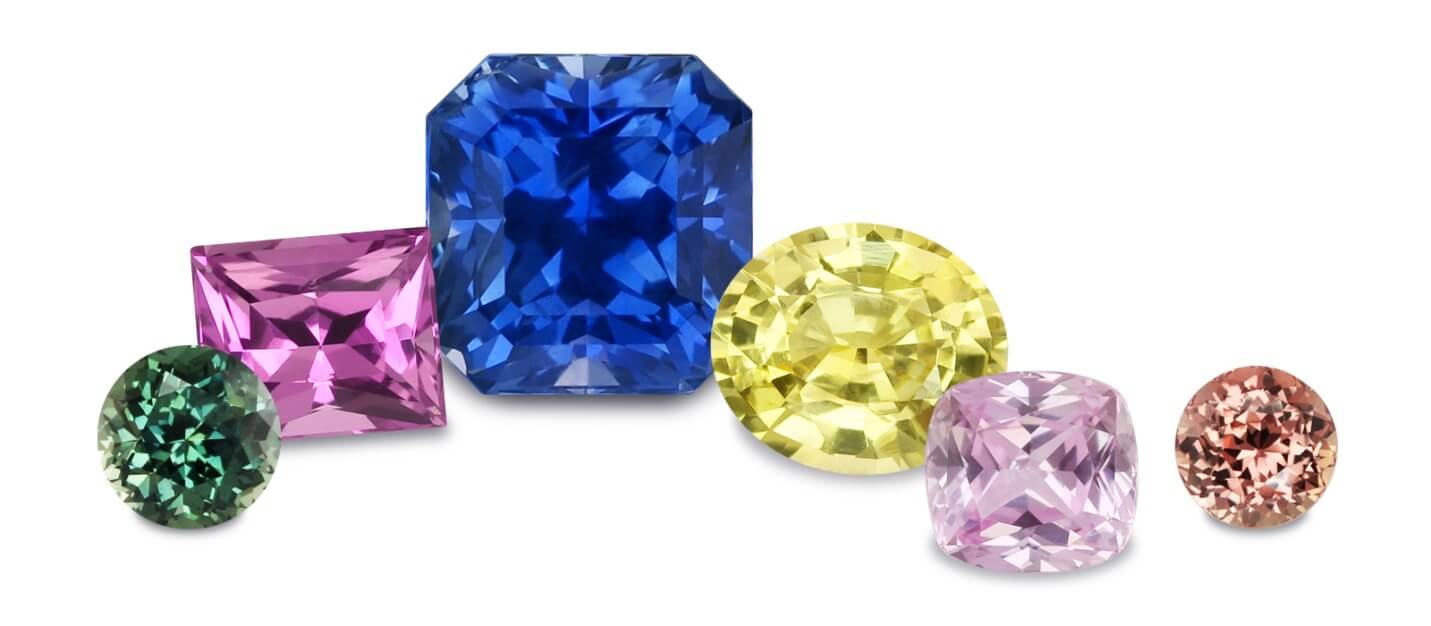
To know
In the 17th century, in the kingdom of Pu (Myanmar), all gems of color were named Rubis and thus a Sapphire was a “Blue Ruby”.
The current custom is the opposite of this old habit; the jeweler names sapphire, specifying its color, all corundum which is neither red nor blue. These sapphires of fancy color frank, meet mainly in Sri Lanka.
There are very large colored sapphires; at the Smithsonian Institution in Washington, a yellow sapphire of 92.6 carats, a purple sapphire of 42.20 carats, a purple sapphire of 27.40 carats and a pink sapphire of 19.40 carats are on display.
Rare, the orange sapphire is named “Padparadscha” only if it presents an aurora color.
